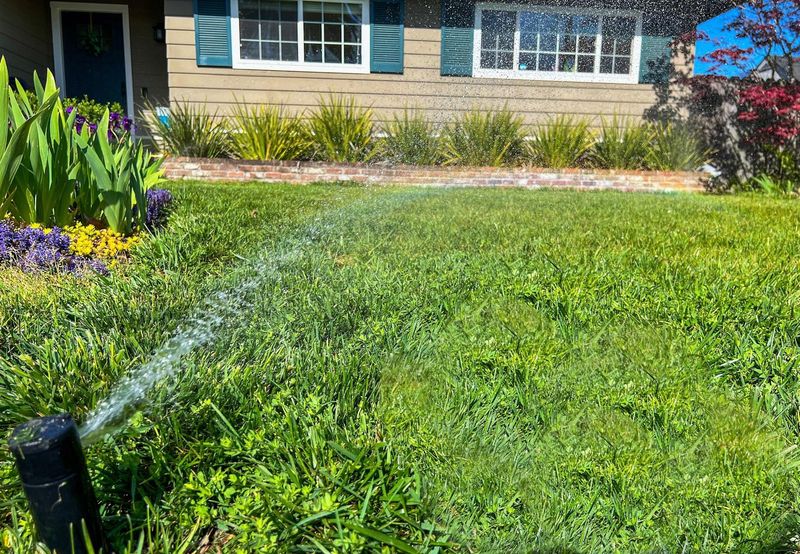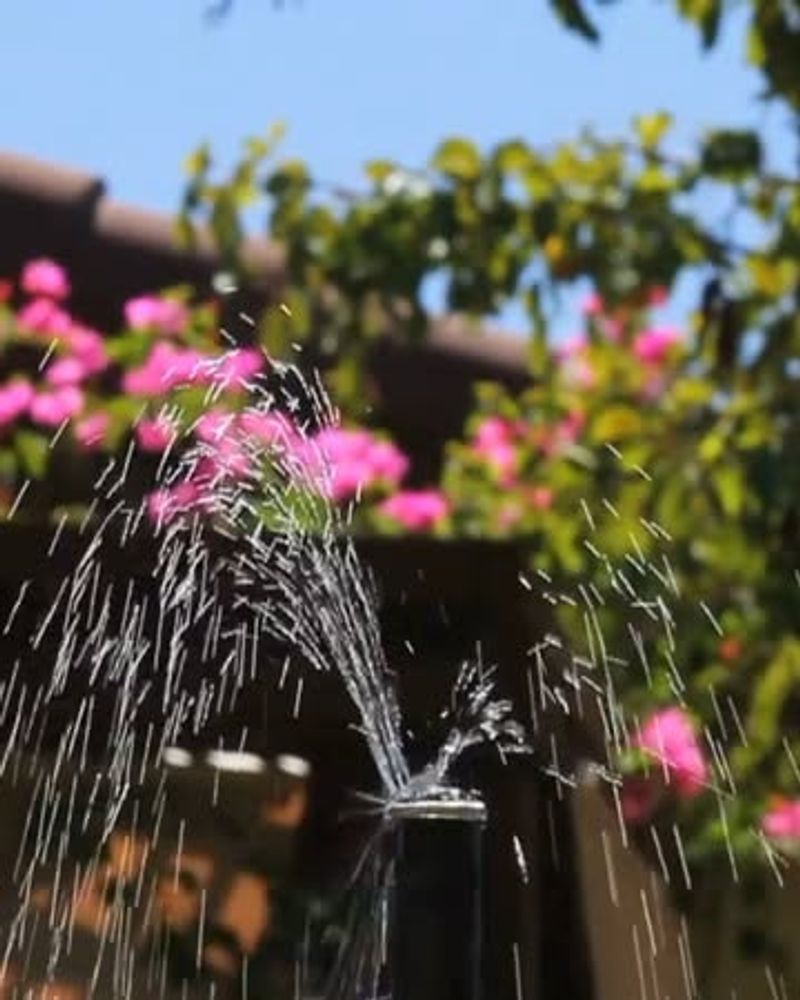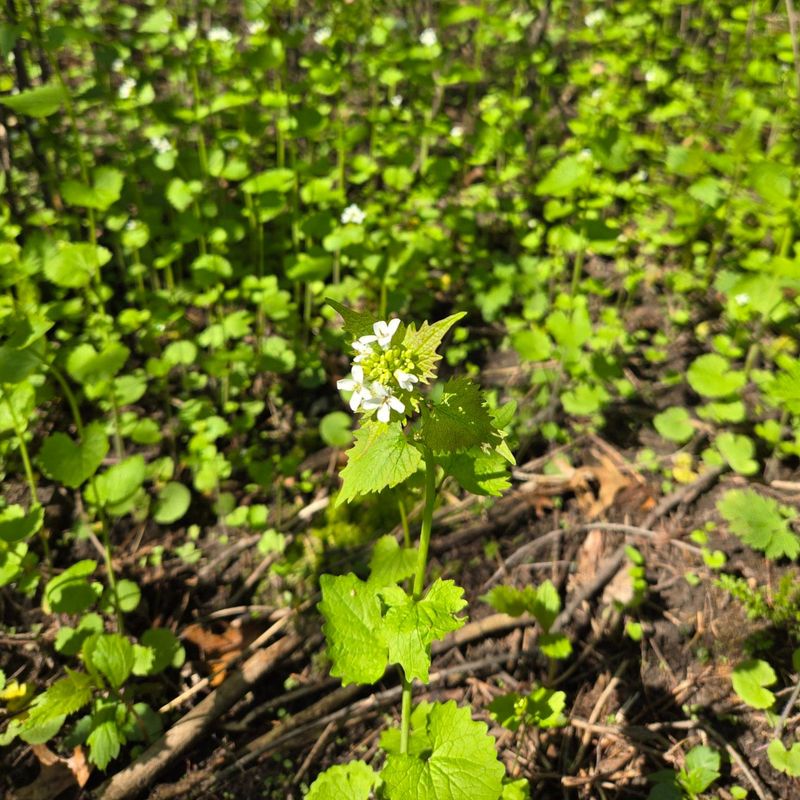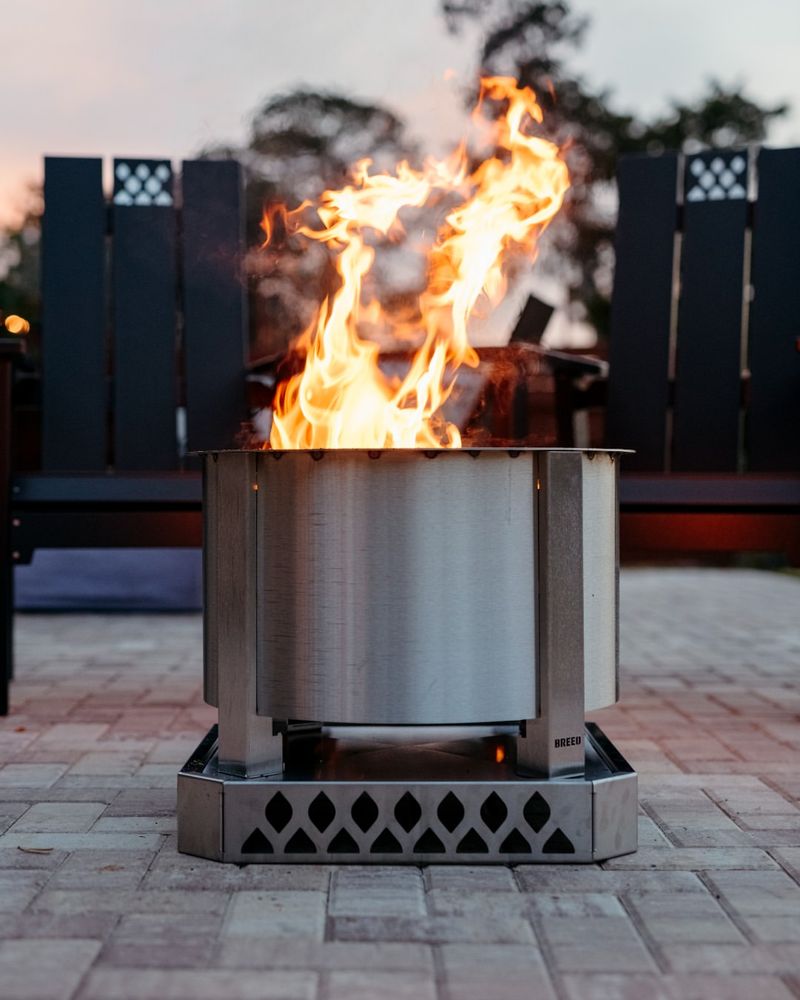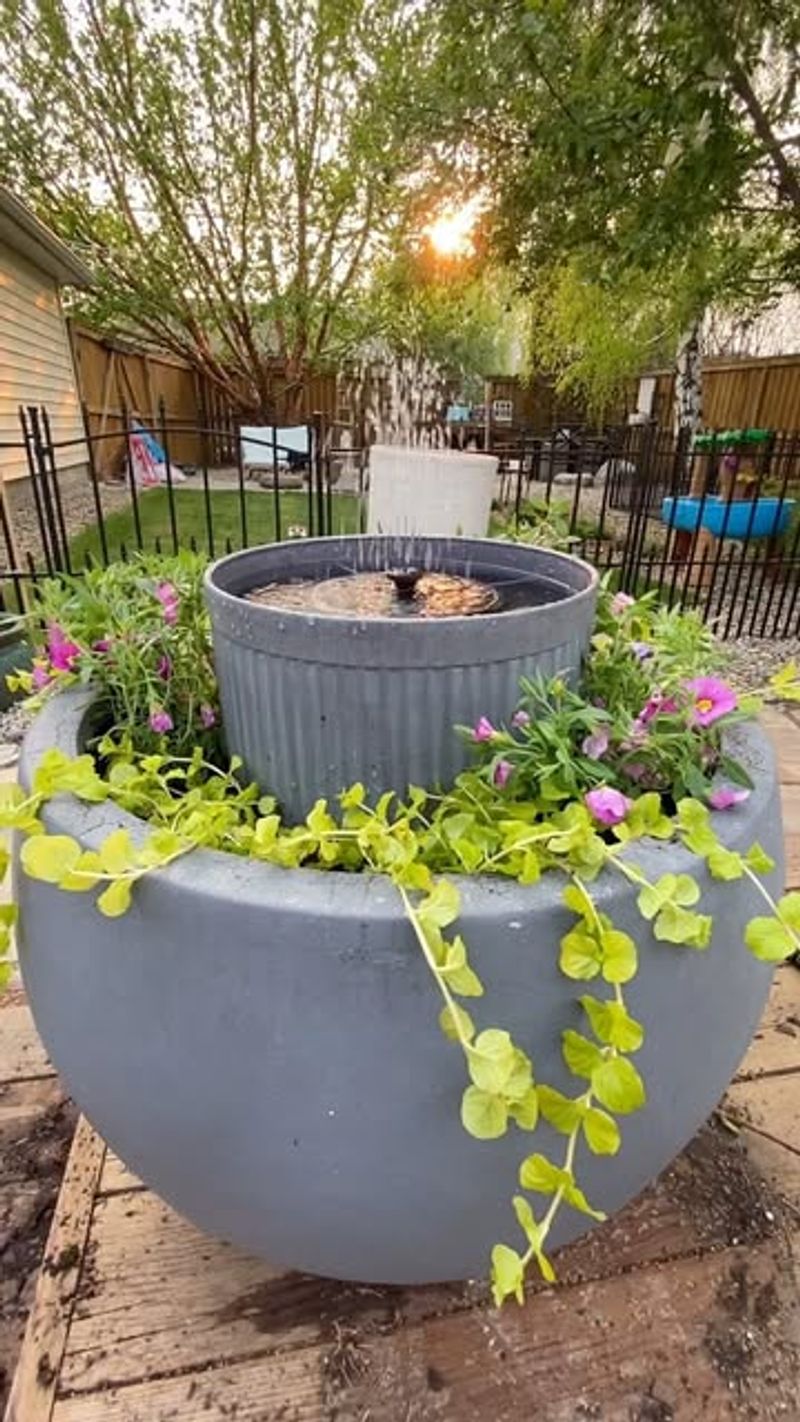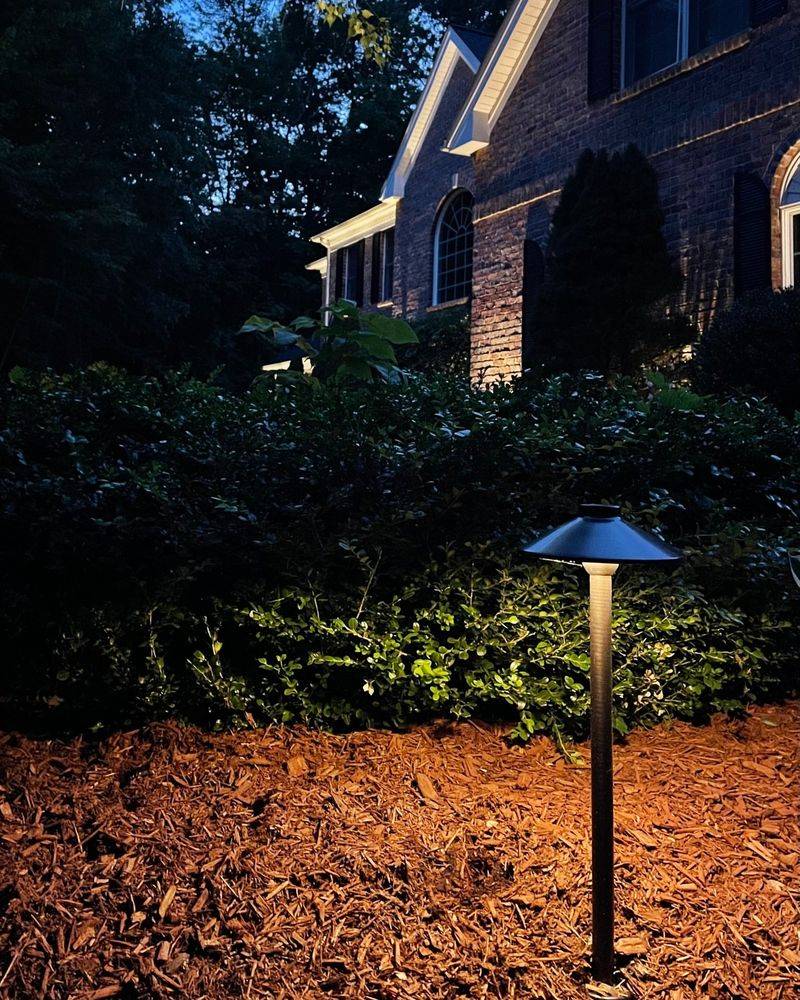California’s landscaping rules are changing fast, and some once-popular yard features are now being restricted or banned altogether. From water-hungry lawns to outdated materials, these changes are designed to conserve resources and boost sustainability.
Swapping them out for smarter alternatives isn’t just legal—it’s better for your yard and the environment.
1. Thirsty Green Lawns
Traditional grass lawns gulp down thousands of gallons of water annually in California’s dry climate. Many municipalities now restrict or ban these water-hungry features, especially during drought periods.
Smart homeowners are switching to drought-tolerant alternatives like buffalo grass or native meadow blends that require minimal irrigation. Others embrace lawn-free designs with beautiful gravel gardens, decomposed granite pathways, and islands of native plants that thrive naturally.
2. Gas-Powered Leaf Blowers
The noisy, polluting gas-powered leaf blower has been banned in numerous California cities. These machines produce shocking amounts of emissions – running one for an hour creates more pollution than driving a car hundreds of miles!
Residents are embracing quieter, cleaner options like electric or battery-powered blowers. Even better alternatives include old-fashioned rakes or creating naturalistic gardens where fallen leaves decompose naturally, returning nutrients to the soil.
3. Artificial Turf
Surprisingly, synthetic grass faces growing restrictions despite seeming like a water-smart choice. Many California communities are limiting artificial turf due to concerns about microplastic pollution, excessive heat retention, and its inability to support ecosystems.
Forward-thinking homeowners are turning to living ground covers like creeping thyme, dymondia, or native sedges. These plants stay low, tolerate light foot traffic, and need minimal water while supporting beneficial insects and soil health.
4. Non-Native Hedges
Those perfectly manicured privet and boxwood hedges lining many California properties face growing restrictions. These non-native plants demand excessive water and provide little habitat value for local wildlife.
Savvy gardeners are replacing them with native hedge alternatives like toyon, coffeeberry, or manzanita. These California natives create beautiful natural screens while supporting local birds and butterflies. Plus, they’ve evolved to thrive in the local climate with minimal supplemental water.
5. Wasteful Irrigation Systems
Outdated sprinkler systems that spray water indiscriminately are increasingly prohibited under California water restrictions. These inefficient systems waste precious water through evaporation and runoff.
Modern California gardens feature precision drip irrigation that delivers water directly to plant roots. Smart controllers adjust watering based on weather conditions, and rain sensors prevent systems from running during precipitation. Clever homeowners are also installing rainwater capture systems to make the most of every drop.
6. Invasive Plant Species
Once-popular ornamentals like pampas grass, Mexican feather grass, and certain ivy varieties are now banned for sale in many California jurisdictions. These aggressive plants escape gardens and threaten native ecosystems by outcompeting indigenous species.
Responsible gardeners are replacing invasives with beautiful native alternatives that offer similar aesthetic appeal. California fescue provides feathery texture without spreading aggressively, while California wild grape offers the climbing coverage of ivy without taking over the landscape.
7. Chemical Pesticides
Many common garden chemicals face restrictions or outright bans across California cities concerned about impacts on children, pets, and beneficial insects. Products containing neonicotinoids, glyphosate, and other harmful ingredients are increasingly regulated.
Eco-conscious gardeners now practice integrated pest management using natural predators like ladybugs and beneficial nematodes. Organic solutions like insecticidal soaps, neem oil, and companion planting create gardens that control pests naturally without harming the broader environment.
8. Wood-Burning Fire Pits
Those cozy backyard wood fires face strict regulations in many California communities due to air quality concerns. During high pollution days, burning restrictions often prohibit the use of traditional fire pits entirely.
Modern alternatives include natural gas or propane fire features that produce significantly less particulate pollution. For the most environmentally conscious homeowners, new electric fire pits create ambiance without any emissions. Some creative Californians are replacing fire features altogether with evening-lit garden spaces using solar lighting.
9. Water Features with Constant Pumps
Traditional fountains and waterfalls that run continuously are increasingly restricted under California water conservation ordinances. These features lose significant water to evaporation and often waste electricity powering pumps 24/7.
Water-wise Californians are installing recirculating systems with timer controls that operate only during key hours. Others are embracing dry creek beds that capture rainwater during storms and create visual interest year-round. Some homeowners opt for artistic installations that suggest water without actually using it.
10. Excessive Outdoor Lighting
Bright landscape lighting faces growing restrictions in many California communities concerned about light pollution and energy waste. Ordinances increasingly limit the brightness, direction, and operating hours of outdoor lighting.
Thoughtful homeowners are switching to downward-facing, shielded fixtures that reduce glare while still providing necessary illumination. Solar-powered path lights eliminate energy costs, while motion sensors ensure lights activate only when needed. Many are discovering the beauty of dark-sky-friendly lighting that allows stargazing while maintaining security.


